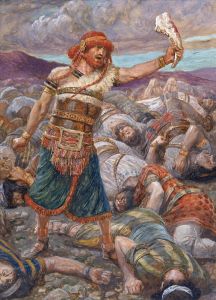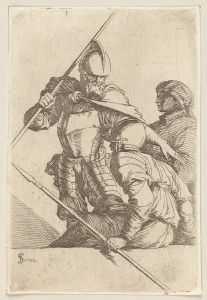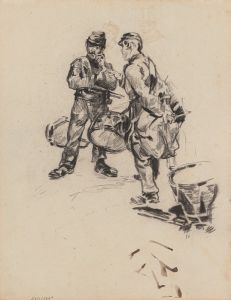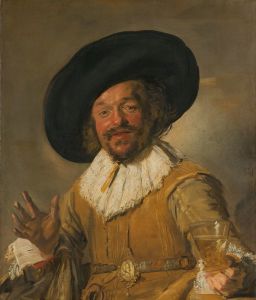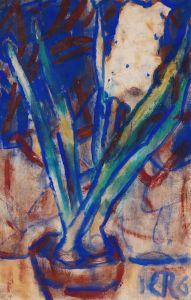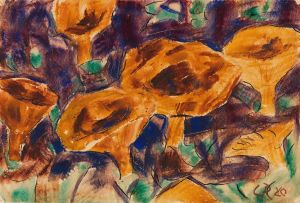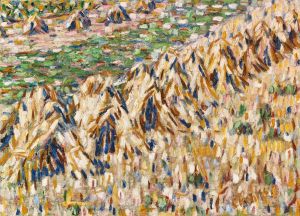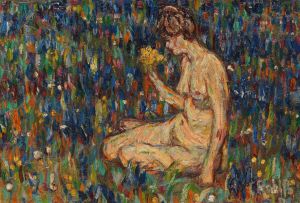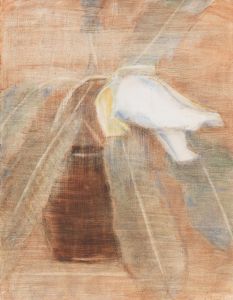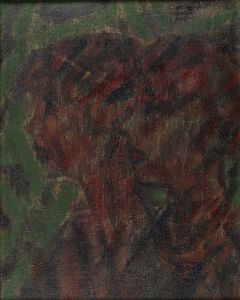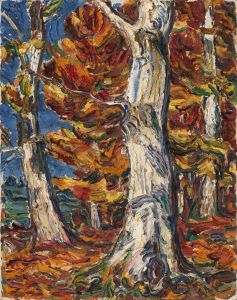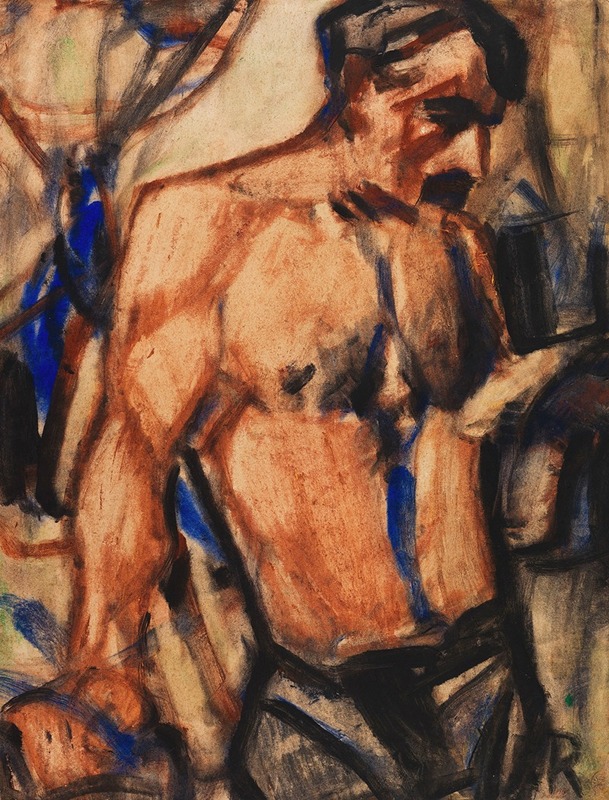
Arbeiter mit nacktem Oberkörper
A hand-painted replica of Christian Rohlfs’s masterpiece Arbeiter mit nacktem Oberkörper, meticulously crafted by professional artists to capture the true essence of the original. Each piece is created with museum-quality canvas and rare mineral pigments, carefully painted by experienced artists with delicate brushstrokes and rich, layered colors to perfectly recreate the texture of the original artwork. Unlike machine-printed reproductions, this hand-painted version brings the painting to life, infused with the artist’s emotions and skill in every stroke. Whether for personal collection or home decoration, it instantly elevates the artistic atmosphere of any space.
Christian Rohlfs (1849–1938) was a prominent German painter associated with Expressionism. His works often explored themes of human emotion, nature, and spirituality, characterized by bold colors and dynamic forms. Among his extensive body of work is the painting titled Arbeiter mit nacktem Oberkörper (translated as Worker with Bare Torso).
This painting is an example of Rohlfs' mature style, which often focused on the human figure and its expressive potential. The artwork depicts a laborer with a bare torso, emphasizing the physicality and strength of the human body. The use of strong, expressive brushstrokes and a limited color palette reflects Rohlfs' interest in capturing the emotional and physical essence of his subjects rather than adhering to strict realism. The painting conveys a sense of dignity and resilience, qualities often associated with the working class during the early 20th century.
Rohlfs' career spanned a period of significant social and political change in Germany, including the rise of industrialization and the challenges faced by workers. While it is unclear whether this specific painting was intended as a social commentary, it aligns with broader artistic trends of the time that sought to highlight the experiences of ordinary people. Rohlfs' work was influenced by movements such as Impressionism and Post-Impressionism in his early years, but he later embraced Expressionism, which allowed him to explore more abstract and emotional themes.
The exact date of creation for Arbeiter mit nacktem Oberkörper is not widely documented, but it likely falls within the period when Rohlfs was most active in Expressionism, roughly from the early 1900s to the 1920s. During this time, Rohlfs was based in Hagen, Germany, where he worked at the Folkwang School of Painting, an institution that encouraged modern artistic experimentation.
Christian Rohlfs' contributions to modern art were recognized during his lifetime, but his career faced challenges under the Nazi regime. In 1937, his works were labeled as "degenerate art" (Entartete Kunst), and many were removed from German museums. Despite this, Rohlfs remains an important figure in the history of Expressionism, and his works continue to be studied and appreciated for their emotional depth and innovative techniques.
Specific details about the current location or provenance of Arbeiter mit nacktem Oberkörper are not readily available in public records. However, Rohlfs' works are held in various museums and private collections, particularly in Germany, where his legacy as a pioneer of modern art endures.






